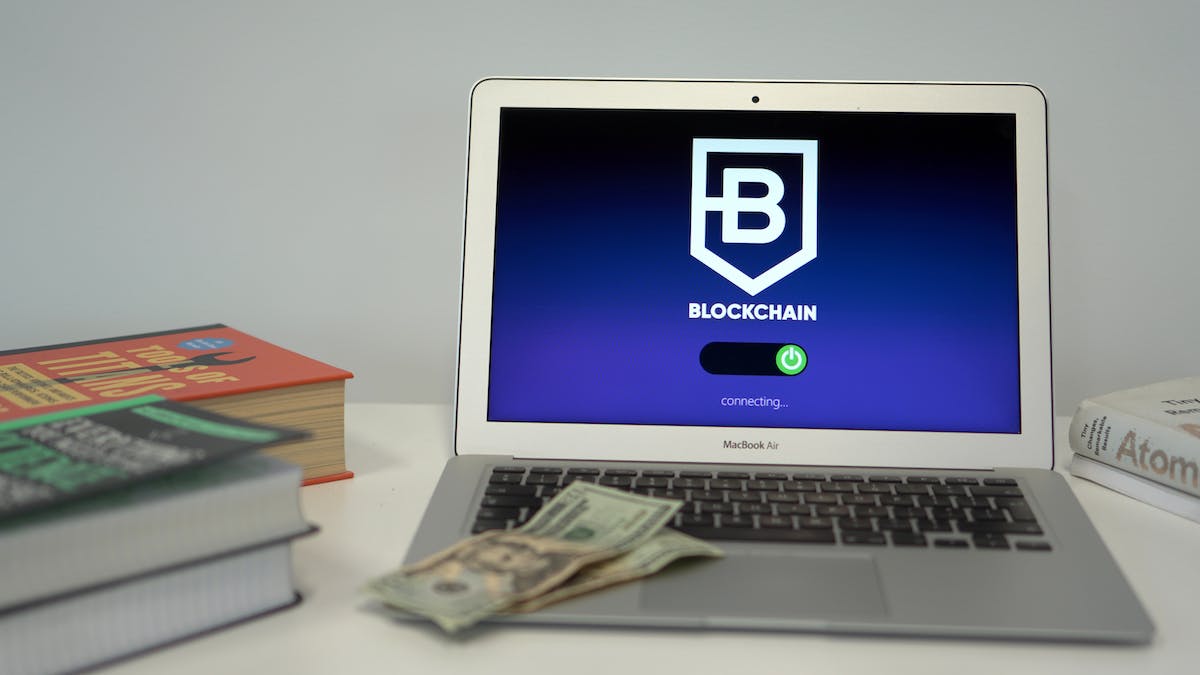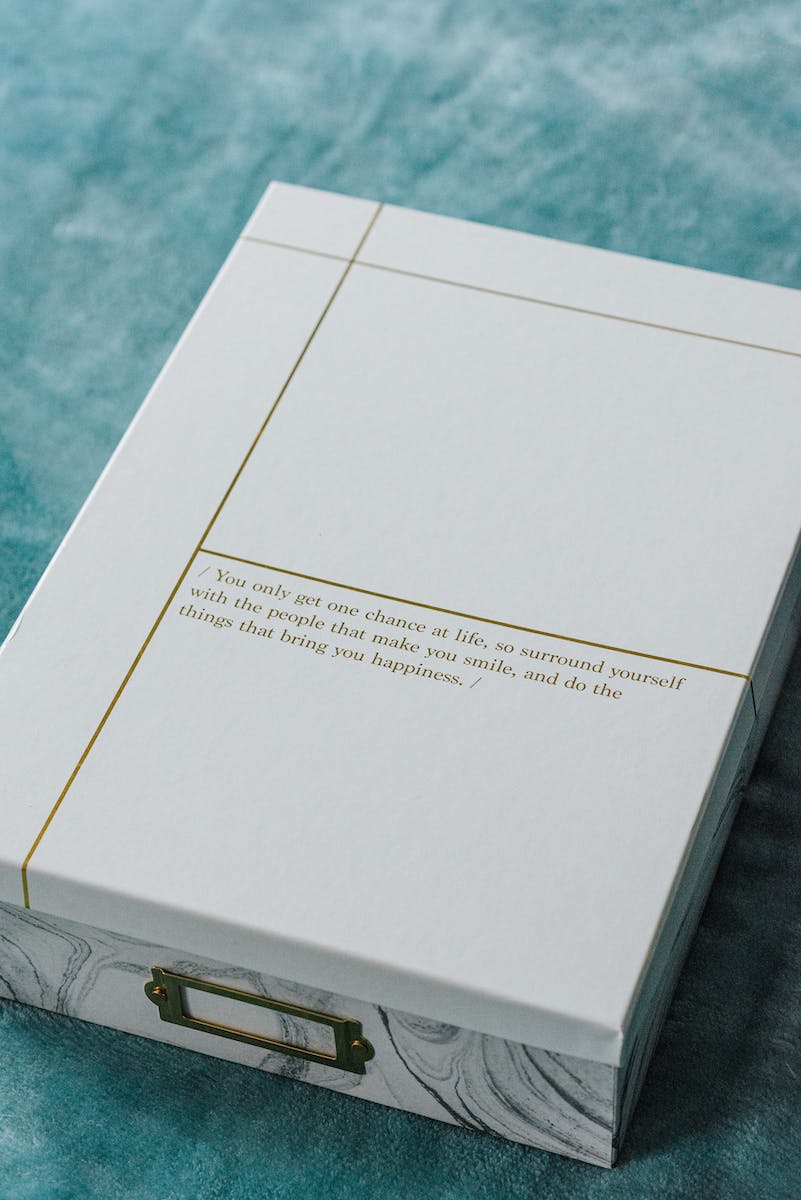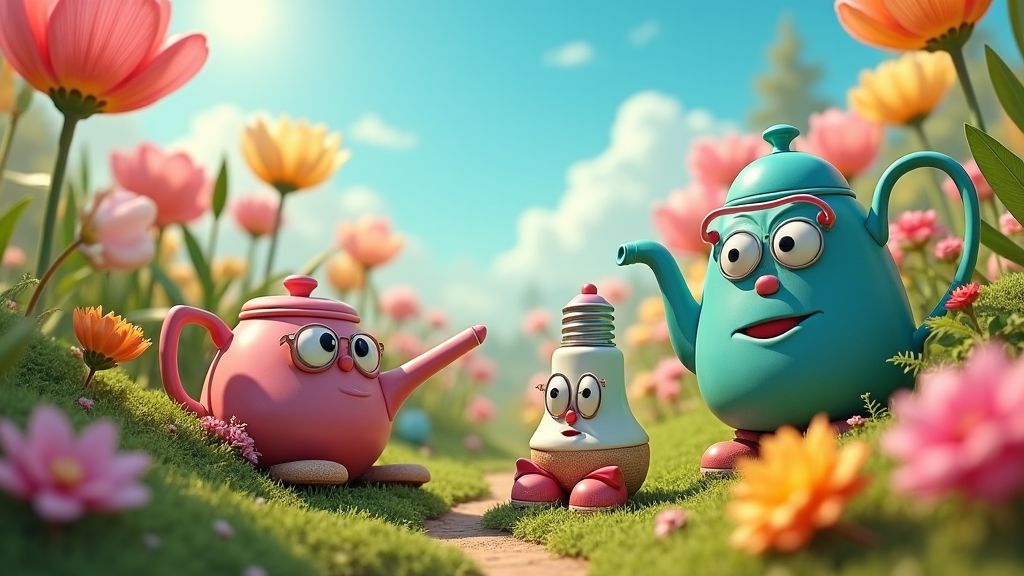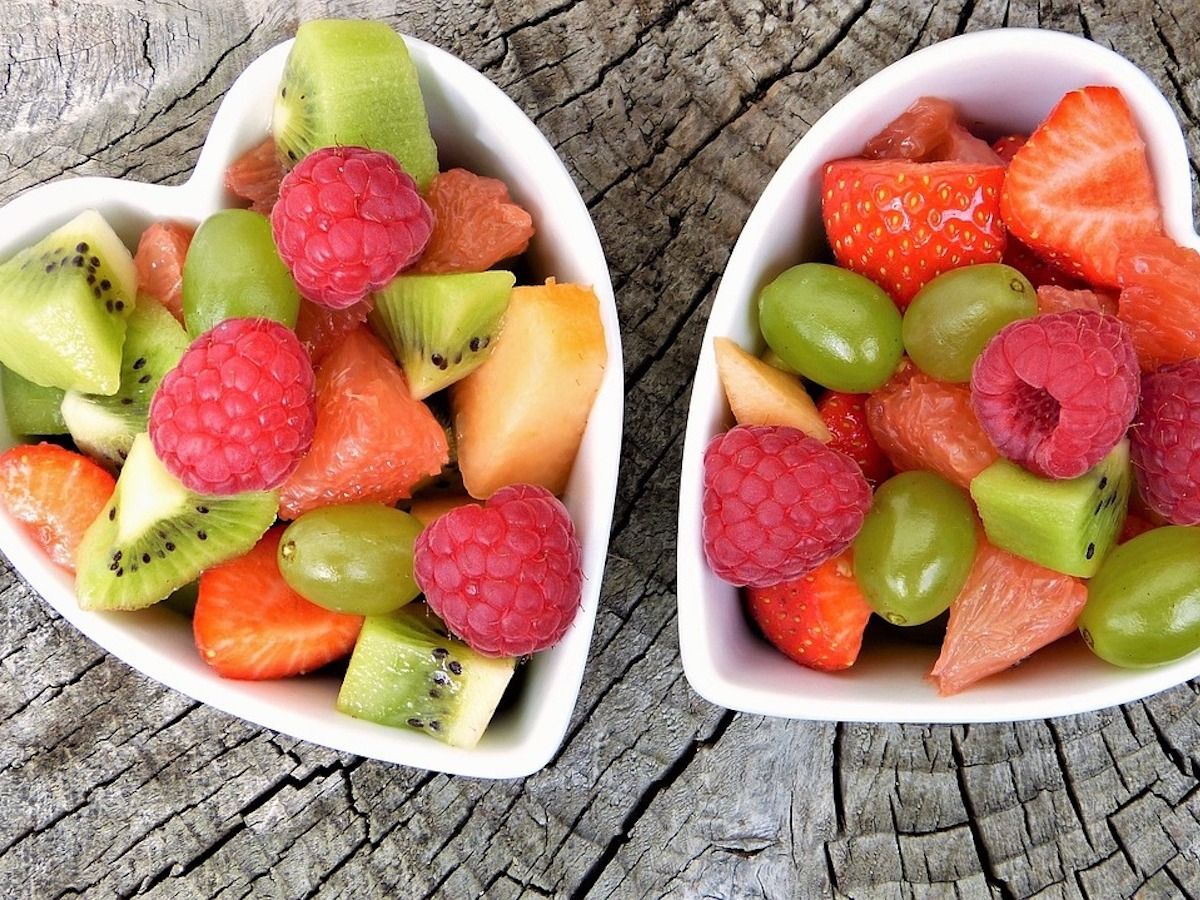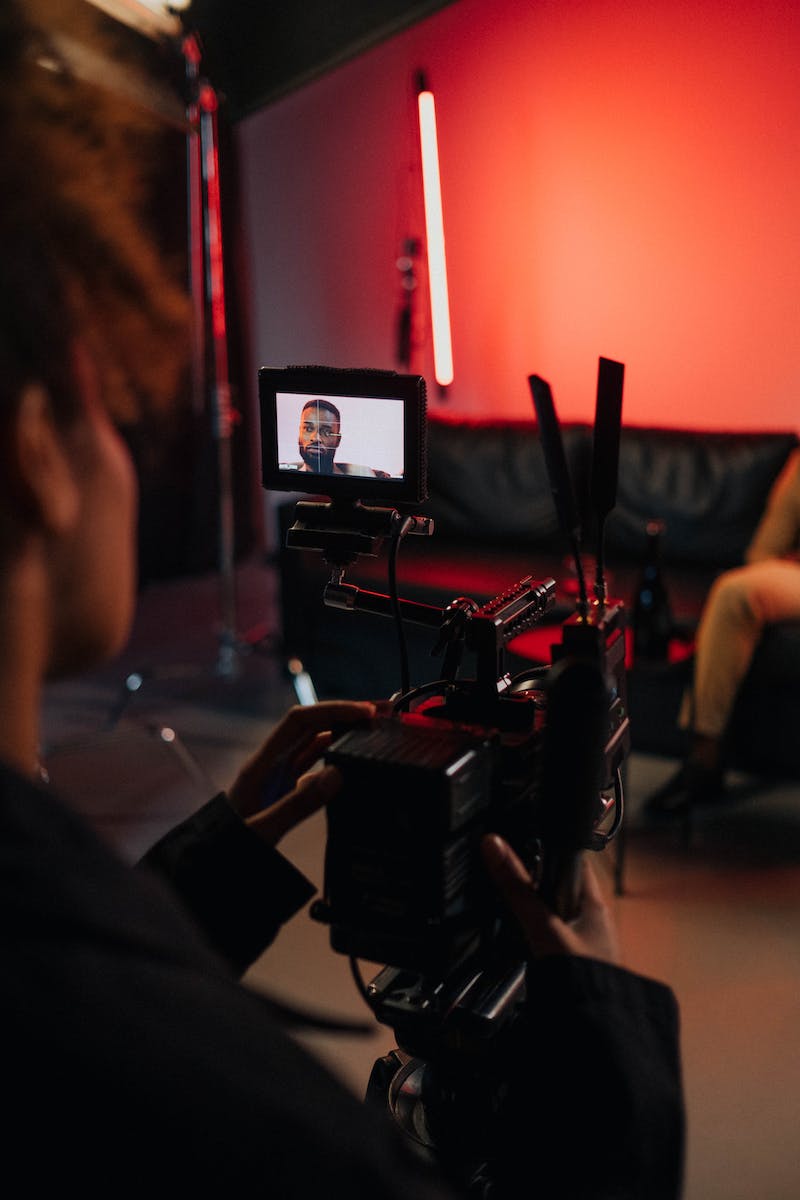Advertisement
Lifestyle
Exciting home science experiments you can do this Halloween!
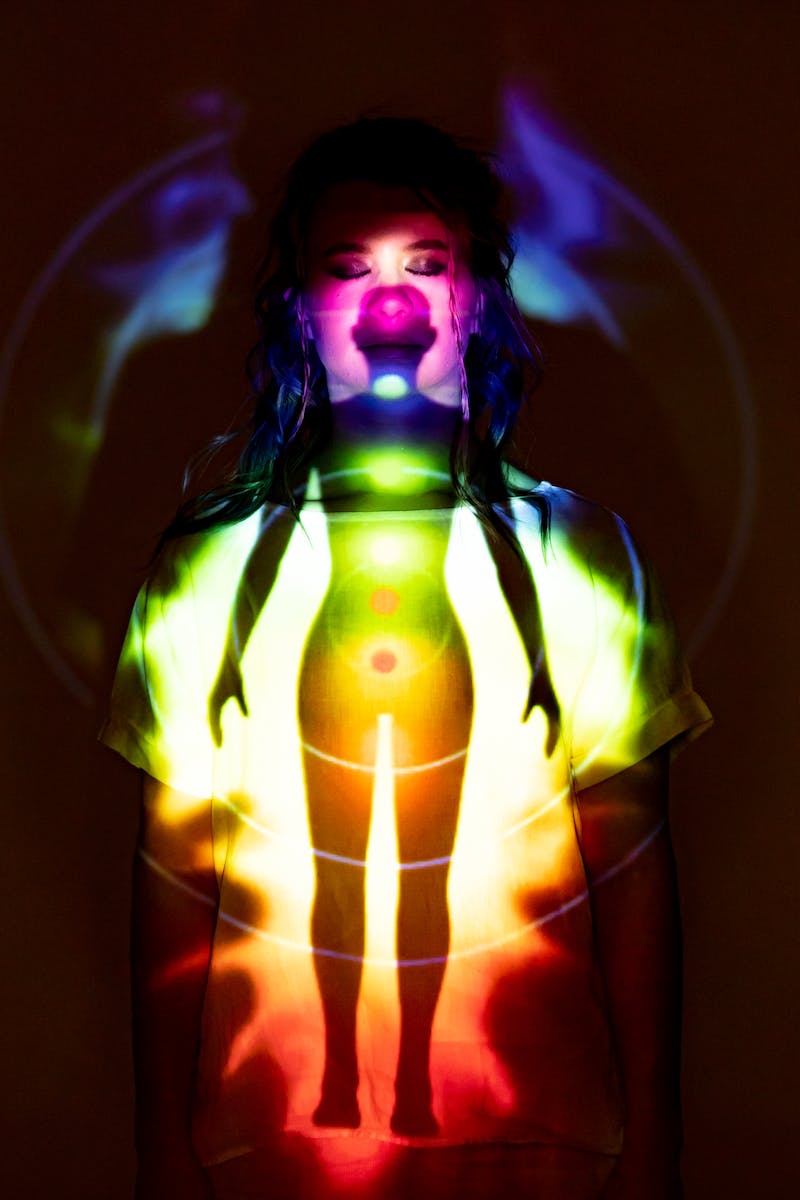
Spooktacular science you can do at home this Halloween
Introduction
The Halloween season might be full of tricks and scares, but it’s also a great opportunity to experiment with the wonders of science. You can have some spooky fun while learning more about the fascinating world we live in. Throughout this blog post, we’ll get into some exciting science experiments you can do right at home this Halloween.
These activities will not only keep your child entertained (or even yourself) but they will also provide a sensational experience related to how things work in our nature. Importance of these activities isn’t just limited to entertainment as you may also find them very educational and thought-provoking. They are designed to spark curiosity and encourage scientific thinking – all while having a ton of spooky Halloween fun!
Before you get started, remember that most of these activities use items you can likely find around your house or at your local grocery store. Also, safety should always come first so make sure you take care with anything sharp or potentially harmful. With that said, let’s dive deeper into these spooky science experiments set to entertain you this Halloween.
Glowing Ghost Eggs
Ever wondered what a ghost egg would look like? Well, this is your time to witness it, by creating one! This eerie glowing ghost egg experiment makes use of a simple chemical reaction between vinegar and an eggshell resulting in a bouncy, luminescent ghost egg that shines brightly in the dark room when held against a flashlight.
It primarily works on the principle of fluorescence where certain substances emit light when they are subject to certain wavelengths which in this case comes from the glow stick liquid. Not just a fun activity, this experiment will introduce you or your kids to basic scientific principles about chemical reactions, light absorption and emission, etc.
Besides this, the outcome result is spectacular and makes for a great party trick or Halloween decoration as well, making the entire process worthwhile. All you need to get started are some common kitchen items and a few glow sticks!
Try this: Start with a raw egg and immerse it in vinegar inside a cup. Leave it for about 24 hours and then remove the shell carefully which has become soft due to the reaction. Break a glow stick, pour its contents into the hollow egg, shake well (but gently!), switch off the lights, and voila! Watch your ghost egg glow brightly in the dark.
Ghostly Messages
Imagine being able to make invisible messages appear like magic, wouldn’t that be something? With this interesting science experiment, you can do just that! The technique we’re going to talk about relies on the principles of acid-base chemistry and takes ‘spooky’ to a whole new level.
This activity is designed to engage children while helping them comprehend concepts such as acidity, basicity, and the reaction between the two—the result? A secret message that’s revealed when heated! And since it’s Halloween, why not write an eerie message or draw a scary picture on paper?
So get ready to grasp the fundamental elements of science behind acids, bases, and heat reactions while enjoying a hands-on experience of crafting spooky hidden messages. After all, what’s Halloween without a bit of mystery?
Here’s what you can do: Write your message or draw a picture on paper using a solution of vinegar or lemon juice and a cotton swab. Once it’s dry, it will become invisible. To reveal the secret message, heat the paper slowly using an iron or hold it against a light bulb (make sure adults do this part). You will see your ghostly message appear!
Jiggling Jelly Worms
What could possibly be more Halloween-like than squiggly, jiggly jelly worms? This experiment is not just visually stimulating but also brings to the table concepts of polymerization and properties of chemical compounds—in particular gelatin. Have fun creating edible, wiggly worms that are perfect for any spooky party or gathering!
This mirthful activity is an excellent way to entertain children while simultaneously teaching them essential science concepts related to polymers and their behavior in certain conditions. Plus, you can get creative with colors and concoctions, creating either realistically creepy or vibrantly colored jelly worms depending on your Halloween mood.
All you need is some basic kitchen staples like gelatin, flexible straws, whipping cream, food coloring, and a bit of patience to observe the gelation process. Dive right in and prepare yourself for some disgusting delight.
Here’s how: Mix hot water and gelatin until it dissolves completely. Add whipped cream and food coloring into the mix. Pour the mixture into a bunch of straws held upright in a glass or jug. Allow it to set and then squeeze the jelly out of the straws to get your fun, jiggly worms.
Fizzy Pumpkin
Who needs boring old pumpkins when you can have fizzing ones? This frothy, fizzy pumpkin experiment is not only perfect for Halloween but also helps you understand the science behind effervescence and chemical reactions. The delight comes from mixing safe household ingredients to create a full-blown fizzy eruption that’s sure to thrill.
This experiment demonstrates the classic acid-base reaction, creating CO2 gas as vinegar (acid) reacts with baking soda (base) to generate lots of bubbles and foam—an effective way to visualize and understand this science theory. Plus, it’s completely safe for children and uses readily available ingredients, including a hollowed-out pumpkin!
So take that leftover pumpkin from your carving act and put it to good educational use this Halloween while having buckets of fun watching the ‘magical’ pumpkin ooze froth and foam. Get ready to do some spellbinding science on your own!
And here’s how: Place your carved pumpkin on a tray or bowl. Fill half of its cavity with baking soda and then add several drops of food coloring followed by dish wash soap. Pour in vinegar next – be prepared to witness an instant, colorful, fizzy explosion!
Spooky Slime
What is more stereotypically Halloween than some gooey, stretchy slime? Not just a popular play item, creating your own homemade slime allows you to learn important scientific concepts related to polymers, non-Newtonian fluids, and cross-linking of molecules. Let’s welcome the slimiest member of our spooky science experiment list!
Slime consists of polymers which are long flexible chains of molecules that slide past each other making the slime pourable. When we add an ‘activator’, it creates links between these long chains transforming our drippy mix into awesome elastic ooze. It’s this basic chemistry that will fascinate and educate children while giving them loads of amusement as well as something cool to take away.
So let’s get all geared-up to create some stretchable, squishy, and superbly spooky slime using simple household items for a perfectly terrifyingly tactile treat this Halloween. Set up your home lab, summon your scientific spirit together with the Halloween one, and let the slimy fun begin!
Follow this: Mix half a cup of white glue with half a cup of water. Stir well and add some food coloring too. In another bowl, mix one teaspoon of borax with one cup of water and stir until it dissolves. Slowly add the borax solution to your glue mixture and keep stirring. You’ll soon have your own homemade spooky slime.
Conclusion
So who said Halloween was just for costumes, candies, and creepy fun? With these science experiments, there’s now way more to it! Gain some knowledge, stir up your curiosity, get in sync with your creative streak, sprinkle plausible ‘wow’ moments across the process, and supercharge your Halloween with a sparkle of science!
While these activities are fun and fascinating, they also remind us that learning can take place even when you’re having a blast – as long as you’re curious enough. They prove that understanding basic scientific principles doesn’t demand formal classroom settings but can be done anytime, anywhere, even during holidays or festivals like Halloween.
Hopefully these spooktacular science experiments will bring a different twist to your Halloween celebrations and add an educational slant to the holiday fun! So gear up, gather the family, make your home a haunted lab this Halloween and create some memories spiked with knowledge and entertainment.
Summary Table
| Experiment Name | Science Concepts | Halloween Fun |
|---|---|---|
| Glowing Ghost Eggs | Chemical Reactions Light absorption & emission |
Glowing decoration for Halloween celebration |
| Ghostly Messages | Acid-Base Chemistry Heat reactions |
Reveal spooky secret messages |
| Jiggly Jelly Worms | Polymerization Properties of chemical compounds |
Edible and wiggly, perfect for any spooky party |
| Fizzy Pumpkin | Acid-base reactions Formation of CO2 gas |
Frothy, fizzy fun with a Halloween touch |
| Spooky Slime | Polymers & non-Newtonian fluids Cross-linking of molecules |
Slimy amusement perfect for Halloween. |




